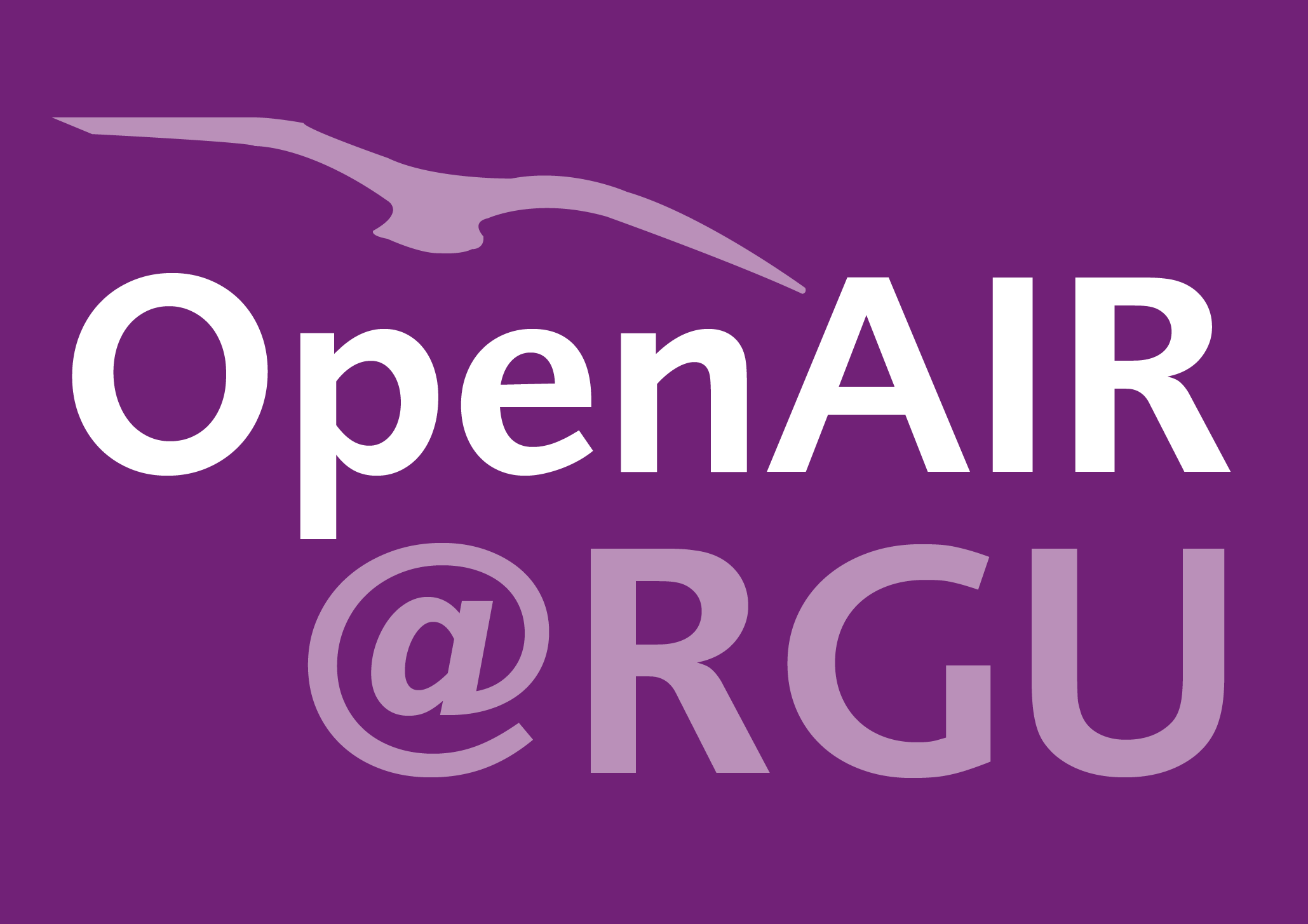Nicola S. Curry
Impact of soluble thrombomodulin and activated protein C on dynamic hemostatic function in trauma: a focus on thrombin generation and clot lysis.
Curry, Nicola S.; Abu-Hanna, Jeries; Morrow, Gael B.; Choudhury, Robin; Laffan, Michael
Authors
Jeries Abu-Hanna
Dr Gael Morrow g.morrow1@rgu.ac.uk
Senior Research Fellow
Robin Choudhury
Michael Laffan
Abstract
Trauma-induced coagulopathy describes a complex set of coagulation changes affecting severely injured patients. The thrombomodulin-protein C axis is believed to be central to the evolution of trauma-induced coagulopathy. Soluble thrombomodulin (sTM) levels are elevated after injury. Our objectives were to explore whether sTM (at concentrations found in patients after injury) plays an important role in trauma-induced coagulopathy, and specifically to evaluate the effects of sTM and activated protein C (APC) on thrombin generation (TG) and clot lysis time (CLT). Plasma from healthy volunteers was spiked with rising concentrations of sTM and APC and the effects on TG and CLT were analyzed. Plasma samples from a cohort of trauma patients were evaluated using TG and CLT, and results correlated to clinical parameters and factor VIII, factor V, APC, sTM and fibrinolytic measures. Increasing sTM concentrations in volunteer plasma led to reductions in endogenous thrombin potential and prolongation of 50% CLT, in a dose-dependent manner. No effect on TG or CLT was seen with rising APC concentrations. In 91 trauma patients, higher sTM values were associated with greater, rather than reduced, endogenous thrombin potential (median 1,483 vs. 1,681 nM/min) and longer 50% CLT (41.9 vs. 54.0 mins). In conclusion, sTM concentrations, across ranges found after trauma, affect both TG and 50% CLT, unlike APC. Despite increased circulating sTM levels, the overriding dynamic coagulation effects seen after injury are: (i) accelerated TG and (ii) increased rates of fibrinolysis. We found no evidence for sTM as the major determinant of the coagulation changes seen in early trauma-induced coagulopathy.
Citation
CURRY, N.S., ABU-HANNA, J., MORROW, G.B., CHOUDHURY, R. and LAFFAN, M. 2025. Impact of soluble thrombomodulin and activated protein C on dynamic hemostatic function in trauma: a focus on thrombin generation and clot lysis. Haematological [online], 110(2), pages 414-424. Available from: https://doi.org/10.3324/haematol.2024.285951
| Journal Article Type | Article |
|---|---|
| Acceptance Date | Aug 27, 2024 |
| Online Publication Date | Sep 5, 2024 |
| Publication Date | Feb 28, 2025 |
| Deposit Date | Sep 17, 2024 |
| Publicly Available Date | Sep 19, 2024 |
| Journal | Haematologica |
| Print ISSN | 0390-6078 |
| Electronic ISSN | 1592-8721 |
| Publisher | Ferrata Storti Foundation |
| Peer Reviewed | Peer Reviewed |
| Volume | 110 |
| Issue | 2 |
| Pages | 414-424 |
| DOI | https://doi.org/10.3324/haematol.2024.285951 |
| Keywords | Traumatic coagulopathy; Thrombomodulin; Clot lysis; Thrombin generation; Activated protein C |
| Public URL | https://rgu-repository.worktribe.com/output/2480719 |
| Additional Information | This article has been published with separate supporting information. This supporting information has been incorporated into a single file on this repository and can be found at the end of the file associated with this output. |
Files
CURRY 2025 Impact of soluble (VOR)
(1.8 Mb)
PDF
Publisher Licence URL
https://creativecommons.org/licenses/by/4.0/
Version
Final VOR uploaded 2025.02.13
You might also like
Past, present, and future perspectives of plasminogen activator inhibitor 1 (PAI-1).
(2022)
Journal Article
Downloadable Citations
About OpenAIR@RGU
Administrator e-mail: publications@rgu.ac.uk
This application uses the following open-source libraries:
SheetJS Community Edition
Apache License Version 2.0 (http://www.apache.org/licenses/)
PDF.js
Apache License Version 2.0 (http://www.apache.org/licenses/)
Font Awesome
SIL OFL 1.1 (http://scripts.sil.org/OFL)
MIT License (http://opensource.org/licenses/mit-license.html)
CC BY 3.0 ( http://creativecommons.org/licenses/by/3.0/)
Powered by Worktribe © 2025
Advanced Search
